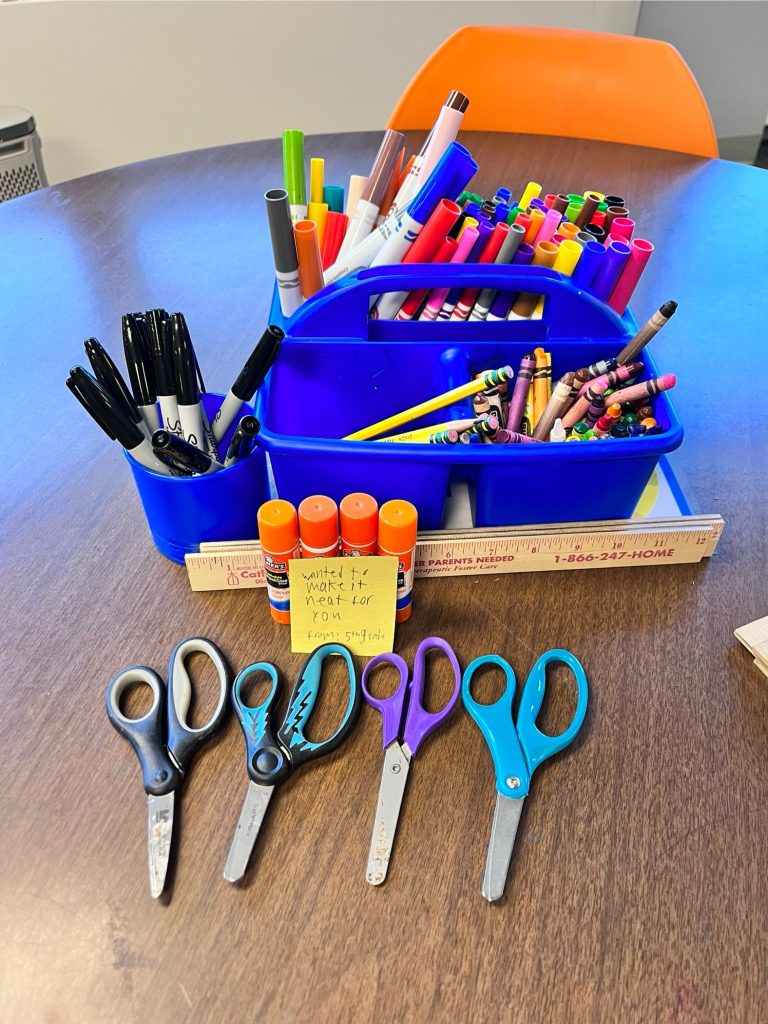I don’t know about you, but I’ve been listening to Christmas since October 1st.
Not ’round the clock, of course, and not to simply annoy my family, but here’s the facts: If you’re a music teacher or a gigging musician, you’re professionally obligated to be listening to, practicing, and perfecting Christmas tunes long before the calendar finally flips over to December 1st. I’m responsible for three Christmas performances and recitals by both my elementary school students and my studio kids, I personally go Christmas carolling every year with friends, and it’s become a bit of a family tradition for me to play through some Christmas favorites at the family gathering on Christmas day. If I didn’t start preparing my kiddos until December 1st, there’d be no Christmas shows. (In fact, my first one this year is actually on December 1st!) free cut pattern without registration.
So, contractually, I’ve got to start my personal Christmas music prep season before the leaves even fall off the trees. You’d think that by the time the actual Christmas season rolls around, I’d be sick of listening to Christmas music. You’d be wrong! I LOVE CHRISTMAS MUSIC… with one exception.
The radio.
I don’t know about your local radio stations, but my local radio station – who is starting Christmas music today at 2pm, which is what prompted this post – plays the same 50 or so songs on repeat until December 25 (because apparently, that’s when the Christmas season ends – insert eye roll emoji here). Ok, maybe by the time you factor in different versions of the same carols by different performers, the playlist grows to about 100 different tracks. I checked last year, and if I remember correctly, the most “recent” song in their entire library came out in something like 2015 herunterladen.
Let me repeat that, the most “recent” song in their entire library of music came out – let me double check my math – 9 years ago. Do you know how much new Christmas music has been released since then? A LOT.
It’s overwhelming the number of new Christmas albums that are released every single year and absolutely infuriating how little airplay they all receive.
Just to give you an idea of just the tip of the iceberg, a few years ago I started curating my own Christmas music playlists, one for literally every single mood whatsapp illegally download. My “Holiday Pop” playlist, which includes music from 2000 and on (with just a few throwbacks I couldn’t resist), currently sits at 663 songs and is 36 hours long (and counting). How deep does the iceberg go? My Megamix, which includes every Christmas song from every list (more or less), has over 2500 songs and is 144 hours long. That’s 6 solid days without a repeat.
And I haven’t even updated any lists with 2024 releases yet.
When people tell me they don’t like Christmas music, I can totally relate windows media player deutsch kostenlos herunterladen. I hate what the radio station has done to Christmas music, too! (When I ask some follow up questions, it’s almost always the same answer – that the radio station plays the same songs and that gets boring really quickly). But also, at the heart of it, I still really love Christmas music, and it makes me so sad that people who do celebrate Christmas have been so turned off to one of the nicest parts of the season.
So here’s an early Christmas gift for you – links to all my Spotify Christmas playlists. I haven’t had the time to update any for 2024 (I have to admit, I didn’t get to spend as much time on them in 2023 as I would have liked either), but you know I will video aus mediathek downloaden online! Now taking bets for how long that Megamix will be by the time I’m done with it this year!
Let’s kick things off with the aforementioned “Holiday Pop” playlist. This list includes a variety of genres, as the only requirement is that the music is released after 2000. This will give you the most current take on the holiday with many GREAT originals and some lovely covers of classics. As I’ve been typing up this blog post, two songs that have stuck out to me are a beautiful rendition of “Silent Night” by The Lovely Unexpected and “Christmas Song” an original by Tim Reynolds and Dave Matthews.
Ok, from here on out, to make sure I don’t skip over anyone, we’re just going to go in alphabetical order. Next up is “Americana Christmas” which includes country, folk, bluegrass and blues. There is some Jethro Tull in this playlist and I know, I know, they’re British, but their Christmas music still fits the folksy vibe here so we’re going with it.
Next up is “A Capella Christmas” which includes a lot of choirs, Pentatonix and Straight No Chaser.
In this playlist, you’ll hear holiday choirs, but you’ll also hear some big orchestras, too, so this playlist is aptly named “Christmas Orchestras and Choirs.” Basically, this is the classical music flavored playlist for all you Mozart lovers.
“Christmas Remixed” is probably the shortest of all the playlists (not even 100 songs), but it’s a fun listen. It’s remixes and dance music versions of Christmas classics.
“Instrumental Christmas” is an absolute grab bag of selections. Everything from some more traditional classical ensembles, to groups like Mannheim Steamroller and Trans-Siberian Orchestra are here, plus musicians like Lidnsey Sterling, the Blue Man Group and a variety of jazz ensembles. Like I said – this one is chaotically all over the place!
“Jazzy Christmas” is exactly that – a lot of jazz and a little bit of the blues, too.
This one is another bit of a grab bag of genres, but with good reason. “Lawrence Christmas” includes, you guessed it – family favorites. We are, of course, not even limited to one language – there are a variety of Ukrainian favorites in there, of course, in addition to classic rock Christmas songs that my family has been rocking out to since I was little.
This next one might be a bit controversial for some, as it’s my “Retro Christmas” playlist. This one will probably feature the majority of what gets overplayed on the radio, but, c’mon folks, they’re classics for a reason!
Save this one for December 24 and after the holidays, because it’s “Sacred Christmas.” If you want to be very traditional, you know you don’t actually start singing Christmas carols in church until December 24 and the carols stick around til sometime in January. You won’t find Rudolph, Frosty or any other pop Christmas figure in this playlist, only the shepherds, angels, wise men, and of course, Jesus and his fam.
For all my Ukes in the crowd, “Ukrainian Christmas.”
If you want to get in on seasonal, wintery listening, but don’t celebrate Christmas, don’t worry, I’ve got you, too! “Winter Songs” does get a little repetitive (there are a lot of versions of Let it Snow, let me tell you), but it’s still a nice variety of songs from a variety of artists.
And finally, the “Christmas Megamix.” As I add new music to each individual playlist each year, it all also gets added to this one, so this, I guess, is the most chaotic playlist of them all. You’ve been warned!
Oh, you’re still here and reading? Well, first of all, thanks for making it all the way to the bottom of this collection. I hope you’ve found a holiday playlist that contains some new favorites! And if somehow I’ve managed to miss a song or whole album, please leave it in the comments! I work every year to add new music to all my lists, and am happy to include your suggestions. Being a seasonal DJ is more of a year-round endeavor, so all help is welcomed!
Merry Christmas to all, and to all a good night!

